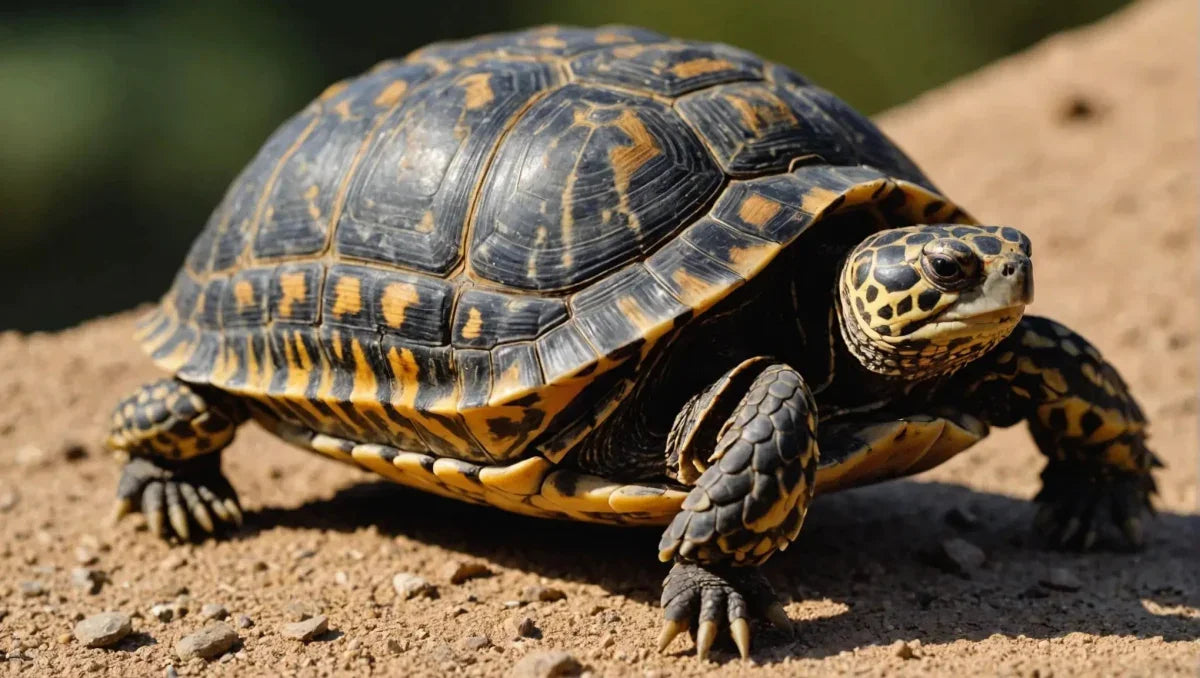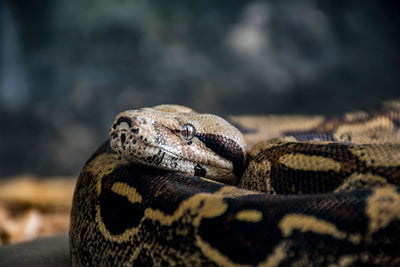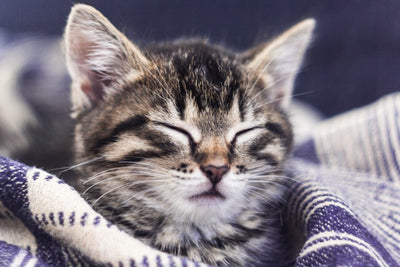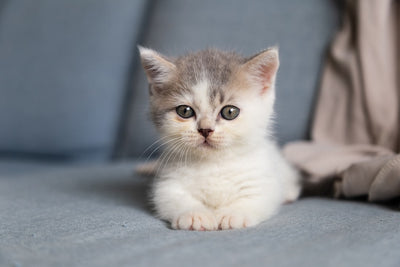
Proper lighting plays a crucial role in the health and well-being of your Russian tortoise. Understanding the correct UVB wattage for your pet is essential to creating a suitable habitat. In this guide, we will delve into the importance of UVB lighting for Russian tortoises and provide you with valuable insights on choosing the right wattage to ensure their optimal growth and development. By the end of this guide, you will have a clear understanding of how to set up the ideal lighting conditions for your tortoise, promoting their overall health and longevity.
Understanding UVB Lighting
What is UVB Light?
UVB light, or ultraviolet B light, is a specific wavelength of ultraviolet light that plays a vital role in the health of reptiles, including Russian Tortoises. This type of light is essential for reptiles as it aids in the synthesis of. Vitamin D3 In their skin, which is crucial for calcium absorption and utilization. Without adequate exposure to UVB light, reptiles can suffer from serious health issues such as metabolic bone disease, weakened immune systems, and stunted growth.
UVB Requirements for Russian Tortoises
Russian Tortoises, native to arid regions, are accustomed to basking in the sun to absorb UVB rays for their metabolic processes. In captivity, replicating this natural behavior is crucial for their well-being. When setting up UVB lighting for your Russian Tortoise, it's essential to consider the strength of the UVB bulb, the distance between the light source and the basking spot, and the duration of exposure. A UVB light with an output of around. 5-10% UVB Is generally recommended for Russian Tortoises. Ensure that the UVB rays can reach the tortoise's basking area effectively and that there are no barriers blocking the light.
Providing UVB Lighting in the Enclosure
When installing UVB lighting in your Russian Tortoise's enclosure, consider the size of the habitat. Ensure that the UVB light covers the entire length of the enclosure to provide uniform exposure. Position the UVB light over a basking area where the tortoise can access it easily. It's essential to monitor the UVB output regularly, as these bulbs degrade over time, reducing their effectiveness. Follow the manufacturer's guidelines on when to replace the UVB bulb to ensure your tortoise receives optimal UVB exposure.
Additional Tips for UVB Lighting
Apart from providing the right UVB lighting setup, it's important to create a proper basking spot with a temperature gradient that allows your Russian Tortoise to regulate its body temperature effectively. Combine the UVB light with a heat source to create a basking area with temperatures around. 90-95°F (32-35°C) To facilitate proper digestion and metabolism.
Understanding the significance of UVB lighting for Russian Tortoises and implementing the correct lighting setup is crucial for their overall health and well-being in captivity. By meeting their UVB requirements and ensuring proper exposure, you can help your tortoise thrive and prevent potential health issues associated with UVB deficiency.
Choosing the Right UVB Wattage
Factors to Consider
Selecting the correct UVB wattage for your reptile's habitat is crucial for their health and well-being. Understanding the key factors that influence this decision is essential to provide optimal conditions for your pet.
Species-Specific Requirements
Different reptile species have varying UVB needs based on their natural habitats. Research the specific requirements of your pet's species to determine the appropriate UVB wattage. For example, desert-dwelling reptiles may require higher UVB output compared to those from tropical regions.
Enclosure Size
The size of your reptile's enclosure plays a significant role in determining the appropriate UVB wattage. Larger enclosures may necessitate higher wattage bulbs to ensure adequate UVB coverage across the entire habitat. Consider the dimensions of the habitat when selecting the wattage.
Distance and Placement
The distance between the UVB bulb and your reptile is critical for effective UVB exposure. Ensure that the bulb is positioned at the recommended distance from basking spots to provide the necessary UVB levels. Adjust the wattage based on this distance to meet your pet's requirements.
UVB Output
Understanding the UVB output of the bulb is essential for selecting the right wattage. Different bulbs have varying UVB emissions, so choose a bulb with an output that aligns with your reptile's needs. Opt for high-quality bulbs from reputable brands to ensure consistent performance.
Recommended UVB Wattage Guidelines
Consulting recommended UVB wattage guidelines can serve as a helpful starting point in determining the wattage for your reptile's enclosure. While general guidelines suggest a range of 5 to 10 watts for most reptiles, individual requirements may vary.
Seek Expert Advice
For personalized recommendations, consider consulting with a reptile specialist or veterinarian. These professionals can offer tailored guidance based on your pet's specific needs and habitat conditions. Their expertise can help you fine-tune the UVB wattage to create a safe and comfortable environment for your reptile.
Regular Monitoring
Once you have selected the UVB wattage for your reptile's enclosure, monitor their behavior and overall health regularly. Adjust the wattage if needed based on your pet's response to the UVB lighting. Regular assessments can help ensure that your reptile is receiving adequate UVB exposure for their well-being.
By considering these factors and guidelines, you can make an informed decision when choosing the right UVB wattage for your reptile's habitat.
Setting Up UVB Lighting
Placement of UVB Lights
Proper placement of UVB lights is crucial to ensure that your reptile receives the right amount of UVB radiation. Position the UVB light above the basking area in your reptile's enclosure. Make sure there are no barriers blocking the UVB rays from reaching your pet.
Maintaining UVB Bulbs
Regularly check the UVB bulbs for any signs of wear and tear. UVB bulbs degrade over time, even if they still emit visible light. It is recommended to replace UVB bulbs every 6-12 months, depending on the manufacturer's guidelines. Proper maintenance of UVB bulbs ensures that your reptile continues to receive the necessary UVB radiation for its health and well-being.
Importance of UVB for Reptiles
UVB light is essential for reptiles as it aids in the synthesis of vitamin D3, which is crucial for calcium metabolism. Without adequate UVB exposure, reptiles can suffer from metabolic bone disease, leading to deformities and other health issues. Ensure that your reptile has access to UVB light to promote its overall health.
Types of UVB Bulbs
There are different types of UVB bulbs available, including compact fluorescent bulbs and linear fluorescent tubes. Each type has its advantages and considerations. Research the specific needs of your reptile species to determine the most suitable UVB bulb type for their enclosure.
Photoperiod and UVB
In addition to proper placement and maintenance of UVB bulbs, it is essential to consider the photoperiod for your reptile. Mimicking natural daylight cycles is beneficial for your pet's overall well-being. Provide a consistent light cycle to regulate your reptile's day and night patterns.
Monitoring UVB Levels
Monitor the UVB levels in your reptile's enclosure regularly. Use a UVB meter to ensure that the light intensity is within the recommended range for your reptile species. Adjust the placement of the UVB light if needed to maintain optimal UVB exposure for your pet.
Conclusion
Setting up UVB lighting is a critical aspect of reptile care. By understanding the importance of UVB, choosing the right bulbs, and maintaining proper lighting conditions, you can support your reptile's health and well-being. Regularly assess the UVB setup in your reptile's enclosure to provide a comfortable and UVB-rich environment for your pet.
Monitoring UVB Exposure
UVB rays from the sun play a crucial role in the synthesis of vitamin D in our bodies. However, excessive or insufficient exposure to UVB rays can have detrimental effects on our health. It's important to be aware of the signs of UVB deficiency and how to ensure proper UVB exposure.
Signs of UVB Deficiency
- Skin redness and irritation: Prolonged UVB deficiency can lead to skin problems like redness, irritation, and even sunburn.
- Weakened immune system: UVB rays are essential for the production of vitamin D, which is crucial for a healthy immune system. Lack of UVB exposure can weaken the immune response.
- Bone density issues: Vitamin D, synthesized through UVB exposure, is vital for calcium absorption and maintaining strong bones. UVB deficiency can lead to bone density problems and conditions like osteoporosis.
- Eye health: UVB exposure is also important for maintaining good eye health. Lack of adequate exposure can increase the risk of certain eye conditions such as cataracts.
Tips for Proper UVB Exposure
To maintain adequate UVB exposure, consider the following tips:.
- Spend time outdoors during peak UVB hours: The sun's UVB rays are most intense between 10 a.m. and 4 p.m. Try to spend some time outdoors during these hours to ensure sufficient exposure.
- Use sunscreen with a proper SPF rating: While it's important to get UVB exposure, it's also crucial to protect your skin from harmful UV rays. Use sunscreen with an appropriate SPF rating to prevent sun damage.
- Check UV index in your area regularly: Monitoring the UV index in your area can help you plan your outdoor activities. Be aware of days when UV levels are high and take necessary precautions to avoid overexposure.
- Clothing choices: Wearing protective clothing, such as long sleeves, hats, and sunglasses, can help shield your skin and eyes from excessive UVB exposure.
Understanding the signs of UVB deficiency and following these tips for proper UVB exposure can help you maintain a healthy balance of sun exposure for optimal vitamin D synthesis and overall well-being. Remember, moderation is key when it comes to UVB exposure, so strive for a balance that promotes health and prevents harm.
Proper lighting is essential for the health and well-being of your Russian tortoise. By ensuring the correct UVB wattage and providing a suitable lighting setup, you can mimic their natural habitat and help them thrive in captivity. Remember, investing in the right lighting not only benefits your tortoise's physical health but also contributes to their overall happiness and longevity. Make sure to consult with a reptile specialist or veterinarian to determine the best UVB wattage for your specific tortoise species and enclosure setup.






